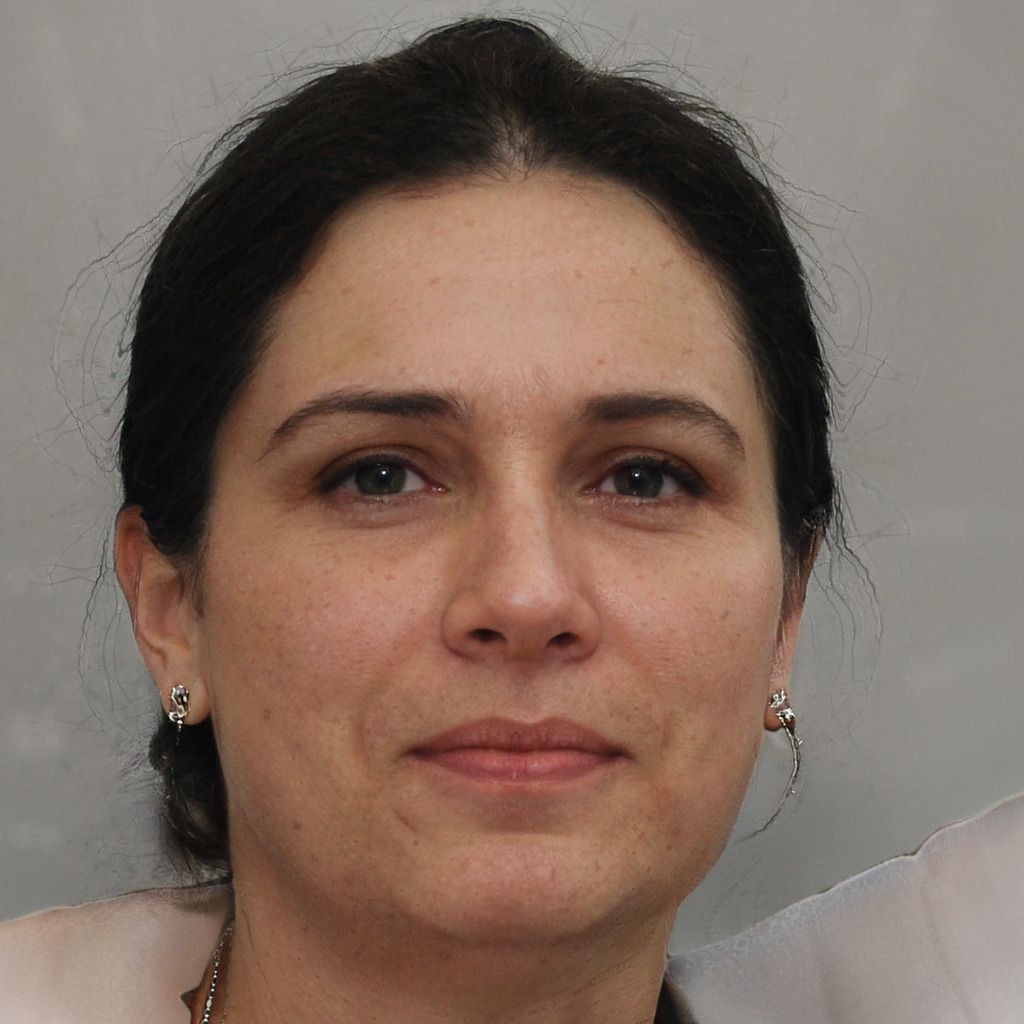Understanding What Is Liability Coverage?
The Basics of Liability Coverage
So, let’s dive into liability coverage. It’s a type of car insurance that helps pay for damages or injuries you cause to someone else while driving. Imagine you accidentally bump into another car, and the driver gets hurt. This is where liability coverage steps in. It covers the costs, so you don’t have to pay out of pocket.
Liability coverage usually has two parts: bodily injury and property damage. Bodily injury covers medical expenses for the other driver or passengers. Property damage covers the cost of repairing or replacing their vehicle or other property.
Why Liability Coverage Matters
Now, you might be wondering, why does liability coverage matter? Well, it’s like having a safety net. If you don’t have it and cause an accident, you could end up paying a lot of money. This could lead to financial trouble, and nobody wants that.
For example, if you hit a car and the repairs cost $5,000, and you don’t have liability coverage, that money comes straight from your pocket. Ouch! But with liability coverage, your insurance helps cover those costs, giving you peace of mind while driving.
Key Terms in Liability Coverage
Here are some key terms to keep in mind:
| Term | Description |
|---|---|
| Premium | The amount you pay for your insurance policy. |
| Deductible | The amount you pay out of pocket before insurance kicks in. |
| Limits | The maximum amount your insurance will pay for a claim. |
Understanding these terms can make navigating your insurance policy much easier. It helps you know what to expect and what you’re paying for.
Types of Liability Coverage in Car Insurance
Bodily Injury Liability Explained
When I think about car insurance, bodily injury liability is one of the first things that comes to mind. This type of coverage kicks in if I cause an accident and someone gets hurt. It’s like a safety net, protecting me from hefty medical bills and legal fees that could arise if I’m found responsible for someone else’s injuries.
For example, if I accidentally rear-end another driver, and they end up needing medical attention, my bodily injury liability coverage can help pay for their hospital bills or rehabilitation costs. It’s important to know that this coverage doesn’t pay for my injuries; it’s all about protecting others.
Property Damage Liability Explained
Next up is property damage liability. This coverage steps in when I damage someone else’s property while driving. Think of it as a shield that guards me from financial ruin if I accidentally smash into someone’s fence or car.
Let’s say I’m backing out of a parking space and I hit another car. My property damage liability would cover the cost of repairs for that car. It’s all about making sure I don’t have to dig deep into my pockets to fix someone else’s stuff.
| Coverage Type | What It Covers | Example Scenario |
|---|---|---|
| Bodily Injury Liability | Medical bills for injured parties | Causing an accident where someone needs surgery |
| Property Damage Liability | Repairs for damaged property | Hitting a parked car or a fence |
How These Types Protect Me
These types of liability coverage really protect me in multiple ways. They not only help me avoid financial disaster but also give me peace of mind. Knowing that I’m covered if I accidentally hurt someone or damage their property allows me to drive more confidently.
In a world where accidents can happen in the blink of an eye, having these coverages feels like having a safety blanket. It’s not just about the money; it’s about feeling secure while I’m on the road.
How Liability Limits Work in My Insurance Policy
What Are Liability Limits?
Liability limits are the maximum amount my insurance company will pay if I’m found responsible for an accident. Think of it as a safety net. If I cause damage or injuries, these limits determine how much coverage I get. For instance, if I have a liability limit of $100,000 and I cause an accident that results in $150,000 in damages, I’m on the hook for the extra $50,000. It’s crucial to understand this because it can affect my finances significantly.
Choosing the Right Liability Limits
Choosing the right liability limits is like picking the right size of shoes. Too small, and I’ll be uncomfortable; too big, and I might trip. Here’s a simple way to think about it:
| Coverage Type | Suggested Limit |
|---|---|
| Bodily Injury | $100,000 per person / $300,000 per accident |
| Property Damage | $50,000 to $100,000 |
When I’m deciding on these limits, I consider my assets. If I have a house or savings, I want to protect them. Higher limits mean more protection but can also mean a higher premium. It’s a balancing act.
Impact of Liability Limits on My Claims
The liability limits I choose can really affect my claims. If I ever have to file one, I want to be sure I have enough coverage. For instance, if I get into an accident and the other driver has serious injuries, their medical bills can add up quickly. If my limits are too low, I might have to pay out of pocket, which can be a financial nightmare.
In a nutshell, understanding what is liability coverage is essential for my peace of mind. It keeps me secure and helps me avoid unexpected costs. By carefully selecting my limits, I can feel confident that I’m protected on the road.
The Role of Uninsured Motorist Coverage
What Is Uninsured Motorist Coverage?
Uninsured Motorist Coverage is a type of car insurance that protects me when I’m in an accident with someone who doesn’t have insurance. Imagine I’m driving along, and someone hits me. If that driver is uninsured, this coverage steps in to help pay for my medical bills and damages to my car. It’s like having a safety net when things go wrong on the road.
Why I Should Consider This Coverage
I often think about the risks I face while driving. Accidents can happen at any time, and not everyone on the road is responsible. By considering Uninsured Motorist Coverage, I’m making a smart choice. It can save me from financial headaches if I ever find myself in a jam with an uninsured driver.
Benefits of Having Uninsured Motorist Coverage
Here are some key benefits that make me think twice about skipping this coverage:
- Protection from Uninsured Drivers: It covers my expenses if I’m hit by someone without insurance.
- Peace of Mind: Knowing I’m protected gives me a sense of security while driving.
- Coverage for Hit-and-Run Accidents: If someone flees the scene, this coverage can help me recover my costs.
| Benefit | Explanation |
|---|---|
| Protection from Uninsured Drivers | Covers my medical bills and car repairs if I’m hit by an uninsured driver. |
| Peace of Mind | Provides reassurance while I’m on the road. |
| Coverage for Hit-and-Run | Helps me recover costs if the other driver disappears. |
In short, Uninsured Motorist Coverage is an important part of my car insurance that keeps me safe from unexpected surprises on the road.
Common Misconceptions About Liability Coverage
Myths vs. Facts About Liability Coverage
When I first started learning about car insurance, I stumbled upon a bunch of misconceptions about liability coverage. It felt like trying to find my way through a maze! Here are some common myths I’ve come across and the facts that clear them up:
| Myth | Fact |
|---|---|
| Liability coverage pays for my own car. | It only covers damages to others if I’m at fault. |
| I don’t need it if I have full coverage. | Full coverage includes more, but liability is still essential. |
| It covers all accidents. | It only covers damages to other people’s property and injuries. |
Understanding these differences has helped me make better choices when it comes to my car insurance.
What Liability Coverage Does Not Cover
Now, let’s get down to what liability coverage doesn’t cover. This is super important because I want to avoid any surprises down the road. Here’s a quick list of what’s not included:
- My own car repairs: If I crash, I’m on my own.
- Medical bills for me: If I get hurt, I need a different type of coverage.
- Intentional damage: If I cause an accident on purpose, I’m out of luck.
Clearing Up Confusion on Coverage Types
It can be really confusing figuring out the different types of coverage. I mean, it feels like there’s a whole dictionary of terms! Here’s a simple breakdown:
- Bodily Injury Liability: Covers injuries to others if I’m at fault.
- Property Damage Liability: Takes care of damage to someone else’s property.
- Uninsured Motorist Coverage: Protects me if someone without insurance hits me.
Having this knowledge helps me feel more confident when I’m shopping for insurance.
How to File an Insurance Claim for Liability Coverage
Steps to File a Claim
Filing a claim for liability coverage can feel like a mountain to climb, but I promise it’s easier than it seems. Here’s how I usually tackle it:
- Contact My Insurance Company: I pick up the phone or log into my insurance account. I let them know I need to file a claim.
- Provide Details: I share the basics – what happened, where it happened, and who was involved.
- Fill Out the Claim Form: They often send me a form to fill out. I make sure to fill it out completely.
- Submit Evidence: I gather any evidence I have, like photos or witness statements, and send those in too.
- Follow Up: After submitting, I check in regularly to see how my claim is progressing.
What Information I Need to Provide
When filing a claim, there are a few key pieces of information I need to have ready. Here’s a handy list:
| Information Needed | Details |
|---|---|
| Policy Number | My specific insurance policy number. |
| Date and Time of Incident | When the incident took place. |
| Description of the Incident | A clear account of what happened. |
| Contact Information of Other Parties | Names and details of anyone else involved. |
| Photos or Evidence | Any images or documents that support my claim. |
Tips for a Smooth Claims Process
To make the claims process go as smoothly as a well-oiled machine, I keep these tips in mind:
- Stay Organized: I keep all my documents in one place. It saves time and stress.
- Be Honest: I always tell the truth about what happened. Honesty goes a long way!
- Ask Questions: If I’m confused, I don’t hesitate to ask my insurance agent for clarification.
- Keep Records: I write down every conversation I have about my claim. It’s helpful for future reference.

Hi, I’m Suzane, an insurance broker for over 20 years, and today my passion lies entirely in the world of car insurance. During my career, I’ve supported thousands of drivers through crucial moments—from unexpected accidents to milestones like getting their first car.
I believe that understanding the insurance you purchase is as important as having the car in your garage. That’s why I dedicate myself daily to simplifying this world for you: explaining coverage, highlighting what’s truly worthwhile, and showing you how to avoid common pitfalls.
Surecover.net was born from the desire to transform technical information into accessible, practical, and reliable content. Here, you’ll find guidance based on real-world experience, written in clear language and focused entirely on drivers—whether in cities, on highways, or using ride-hailing apps.
My mission is to help you drive more safely, knowing you’re protected by a conscious choice. Welcome to the right place for those who value their car—and everything it represents.

